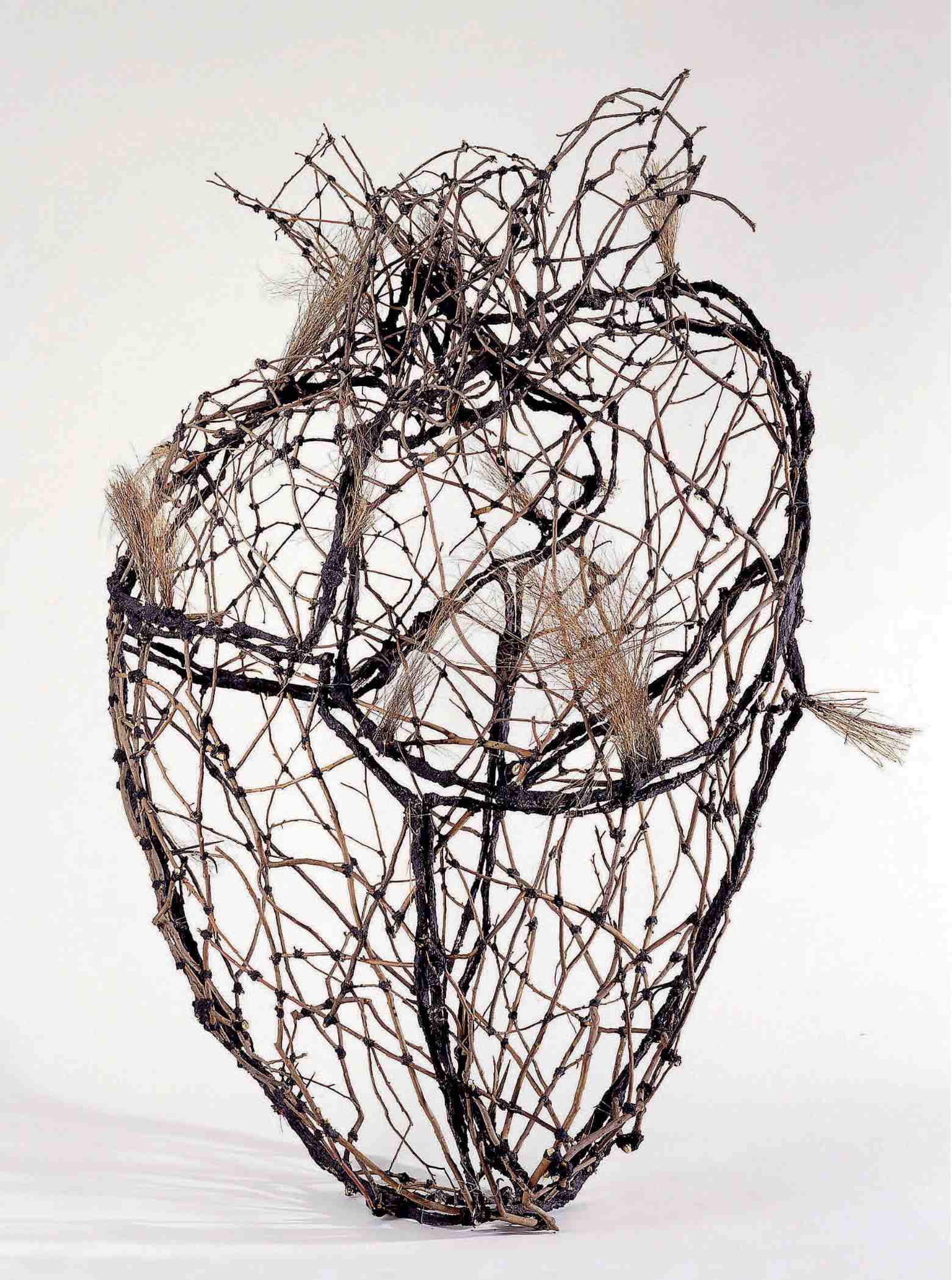Corazón de América
Juan Francisco Elso
Heart of the Americas
Corazón de América is part of the project Por América [For America], which Juan Francisco Elso intended to exhibit in the Museo de Arte Carrillo Gil in Mexico City, but was cancelled due to the artist’s illness and death in 1988 before being reconstructed posthumously in 1990.
It was part of the installation Transparencia de Dios, comprising three elements—Corazón de América, El rostro de Dios [The Face of God], and La mano de Dios [The Hand of God]—in which Elso encoded his goal of producing the emotional nucleus of the American continent, fusing Amerindian and Afro-American spiritual traditions.
Along with José Bedia and Ricardo Rodríguez Brey, Elso was a member of the first wave of the Cuban avant-garde, the Volumen I [Volume 1] group. Driven by its Afro-Cuban affiliation, this group set out to engage systematically with indigenous Mexican culture.

In response to his enlightened reading of texts by Miguel León-Portilla and Alfredo López Austin, Elso proposed to activate the Nahua concept in ixtli in yolotl (translated by experts as face or eye and heart) as an indigenous metaphor for what is essential to human beings, clasping the maker’s own creative hand. With a sculptural technique based on materials found in nature and inherited from ancestral rites, Elso aimed to do more than simply carry out a symbolic operation; he wanted to intervene on a political-teleological plane. Corazón de América, more than a representation, is an attempt to constitute the power and desire of a new culture that must replace Western hegemony.
JUAN FRANCISCO ELSO (1956–1988)
Corazón de América, 1987
Heart of the Americas
Fragment of the installation Transparencia de Dios [The Transparency of God]
Branches, wax, ash, and dry grass
Acquisition, 2005


